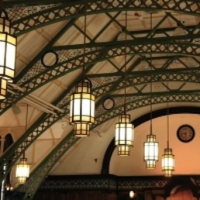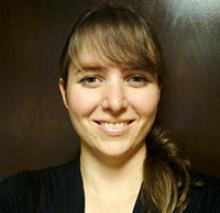Advance the Craft of Software Testing with the Best Workspaces

Technical types naturally want to improve outcomes with technical solutions. We think about how to code well and how to automate tasks and tools so that we can get more done. This productive way of thinking can blind us to the fact that people reside at the heart of our work. It's people for whom we solve problems, even if the problem at hand is truly technical, and it's people with whom we work, even if our task is solitary.
Collaborative workspaces have been touted as a surefire way to increase teamwork, born from the assumption that open-plan workspaces beget spontaneous conversations, spark creativity, and make workers happier by increasing a feeling of togetherness. The popularization of the shared-workspace concept has evolved from a recognition that work today is not done as it once was.
The nineteenth-century model of work brought workers into factories with easily supervised spaces to perform solitary, rote tasks that didn't require thought or interaction with others. The workspace was a backdrop—a passive setting in which to accomplish a job.
Nowadays some say a collaborative workspace may be an active participant in the work. Scott Doorley and Scott Witthoft, teachers at the d.school, Institute of Design at Stanford, say in their 2012 book Make Space: How to Set the Stage for Creative Collaboration, that spaces should be humanized, with more areas to debrief, reflect, and connect.
Want the team to collaborate? Pare down the individual space and provide generous room for groups to work together. Make supplies, tools, and workbenches more apparently available than conference phones and conference tables.
David Byrne, founding member and songwriter for the Talking Heads, spoke at TED about the role of context in the creation of music. He emphasized that throughout history, music was created for the space; indeed, the space itself had a major hand in creation by encouraging certain sounds, tones, and themes. Craftsmen and artists have long understood the way the setting affects the product.
Software testing may lag behind development in exploring options for the use of space, because agile has made developers grapple with how to organize desks, chairs, monitors, and mice to effectively pair program. It’s time for software testers to thrust those types of questions upon themselves.
If we are craftsmen, do we not need a workshop with specialized spaces and available tools for convening and doing? Are there configurations of workspace that encourage software testers to work together—perhaps in pair- or group-testing scenarios—without making necessary solitary work unbearable? Can the testing space be used as a way to engender better conversations and more empathetic relations among members of the team—testers and developers alike?
“Making space” to encourage doing the variety of tasks that we ought to be doing as craftsmen is one way we can make the craft of software testing rise to the occasion of today’s challenges in software development.

